5 Simple Exercises for a Quick and Effective At-Home Workout
Discover 5 simple exercises you can do at home for an effective workout. Get fit without the gym—read the article to start your journey today!
Simple Exercise Routine: 15-Minute Home Workout for All Fitness Levels
You may heard the Latin quote from Juvenal: mens sana in corpore sano, healthy mind in a healthy body. Both are important for your overall wellbeing! Both help you build the habits you want to manage your money better! You got this!
Want an easy way to get fit at home? Simple Exercise are ideal. They require no special equipment and can be done by anyone, regardless of fitness level. In this article, we’ll introduce a 15-minute home workout that boosts your strength, flexibility, and mood with minimal effort. However, it's important to note that while these short workouts are beneficial, they should complement the Physical Activity Guidelines to ensure overall health benefits.
Key Takeaways
-
Simple exercises, like chair squats and arm circles, enhance muscle strength and improve overall functionality, making daily activities easier.
-
Proper warm-up and cool-down routines are essential for preventing injuries and ensuring your body is prepared for workouts.
-
Consistency in performing simple exercises 3 to 5 days a week, along with tracking progress, is key to achieving fitness goals and overall well-being.
-
Keep your knees bent at right angles during exercises to ensure proper form and safety.
Benefits of Simple Exercises

Engaging in simple exercises can significantly enhance muscle strength and endurance, making daily activities easier and more manageable. For example, exercises targeting the lower body, such as chair squats and standing calf raises, are particularly effective at improving overall strength and functionality in daily movements like walking, climbing stairs, and even standing up from a seated position. These bodyweight exercises not only build muscle but also contribute to better balance and coordination, which are essential for preventing falls and injuries, especially as we age.
But the benefits of simple exercises aren’t limited to physical strength. Regular physical activity can also have a profound impact on your mood and energy levels. Engaging in these exercises leads to the release of endorphins, the body’s natural mood elevators, which can help reduce stress and improve overall mental well-being. Additionally, regular exercise can boost your energy levels, making you feel more alert and productive throughout the day. Keeping the leg straight during certain exercises, like single-leg bridges and ankle stretches, can enhance flexibility and effectiveness.
And let’s not forget the social benefits – exercising with family or friends can enhance your social interactions and provide a sense of enjoyment and community.
Incorporating these simple exercises into your routine can lead to a healthier, happier, and more active lifestyle. Whether you’re aiming to improve your fitness, boost your mood, or simply enjoy the myriad health benefits, these exercises are a fantastic starting point.
Benefits of Home Workouts
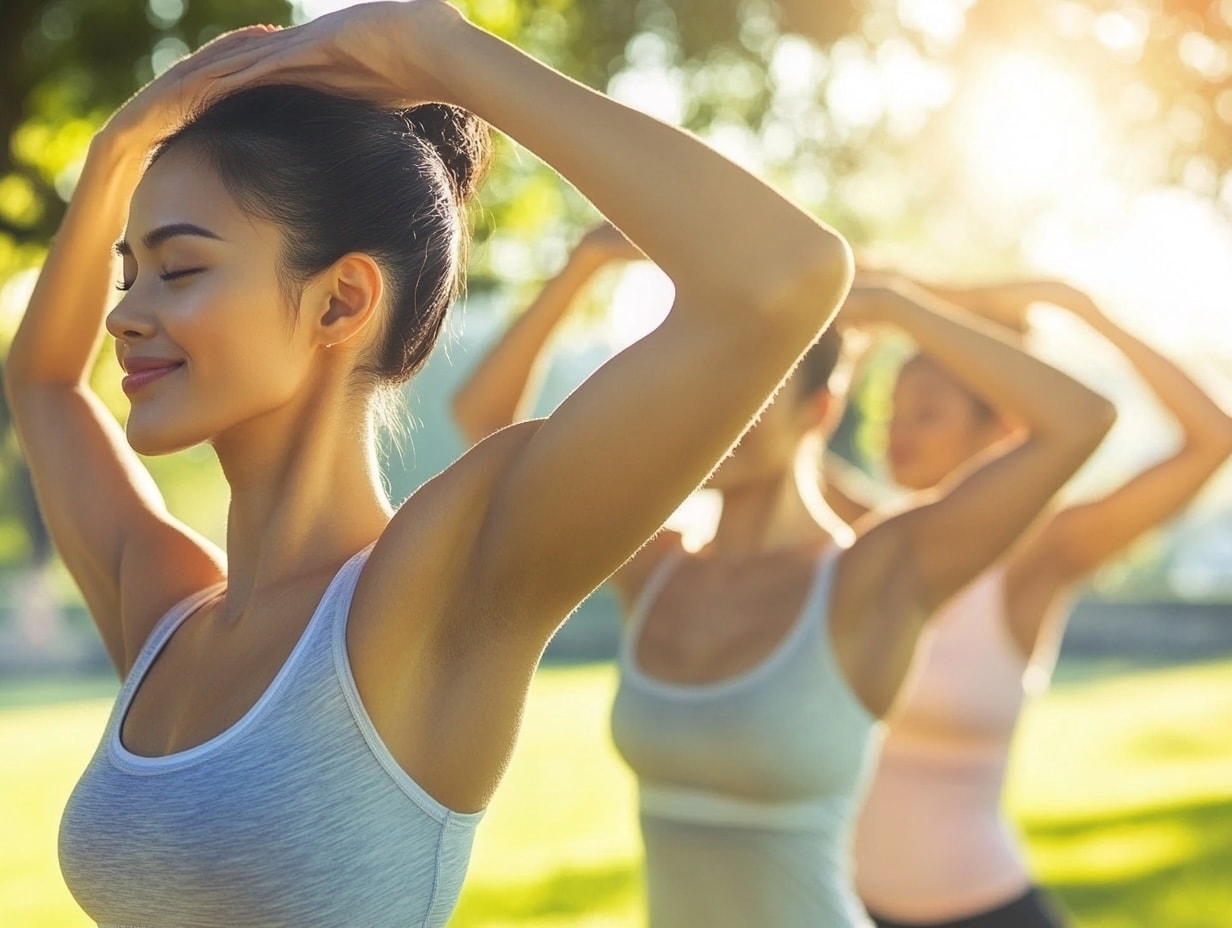
Home workouts offer a multitude of benefits that make them an attractive option for anyone looking to stay fit. One of the most significant advantages is the flexibility and convenience they provide. You can exercise at any time that suits your schedule, whether it’s early in the morning or late at night, all from the comfort of your own home. This eliminates the need for commuting to a gym, saving you valuable time and making it easier to stick to a consistent routine.
Another major benefit is cost-effectiveness. Home workouts can be much more affordable than gym memberships or personal training sessions. With minimal equipment, such as a yoga mat or a set of dumbbells, you can perform a wide range of bodyweight exercises that target all major muscle groups. This makes fitness accessible to everyone, regardless of their financial situation.
Home workouts can also be tailored to your individual needs and fitness level. Whether you’re a beginner or an experienced athlete, you can adjust the intensity and difficulty of your exercises to match your capabilities. This personalized approach reduces the risk of injury and burnout, ensuring that you can progress at your own pace.
Additionally, home workouts can help you stay motivated and accountable. By tracking your progress and setting personal goals, you can see tangible improvements over time, which can be incredibly rewarding. Plus, the privacy of your home allows you to focus on your workout without feeling self-conscious, making it easier to stay committed to your fitness journey.
Understanding Your Fitness Level
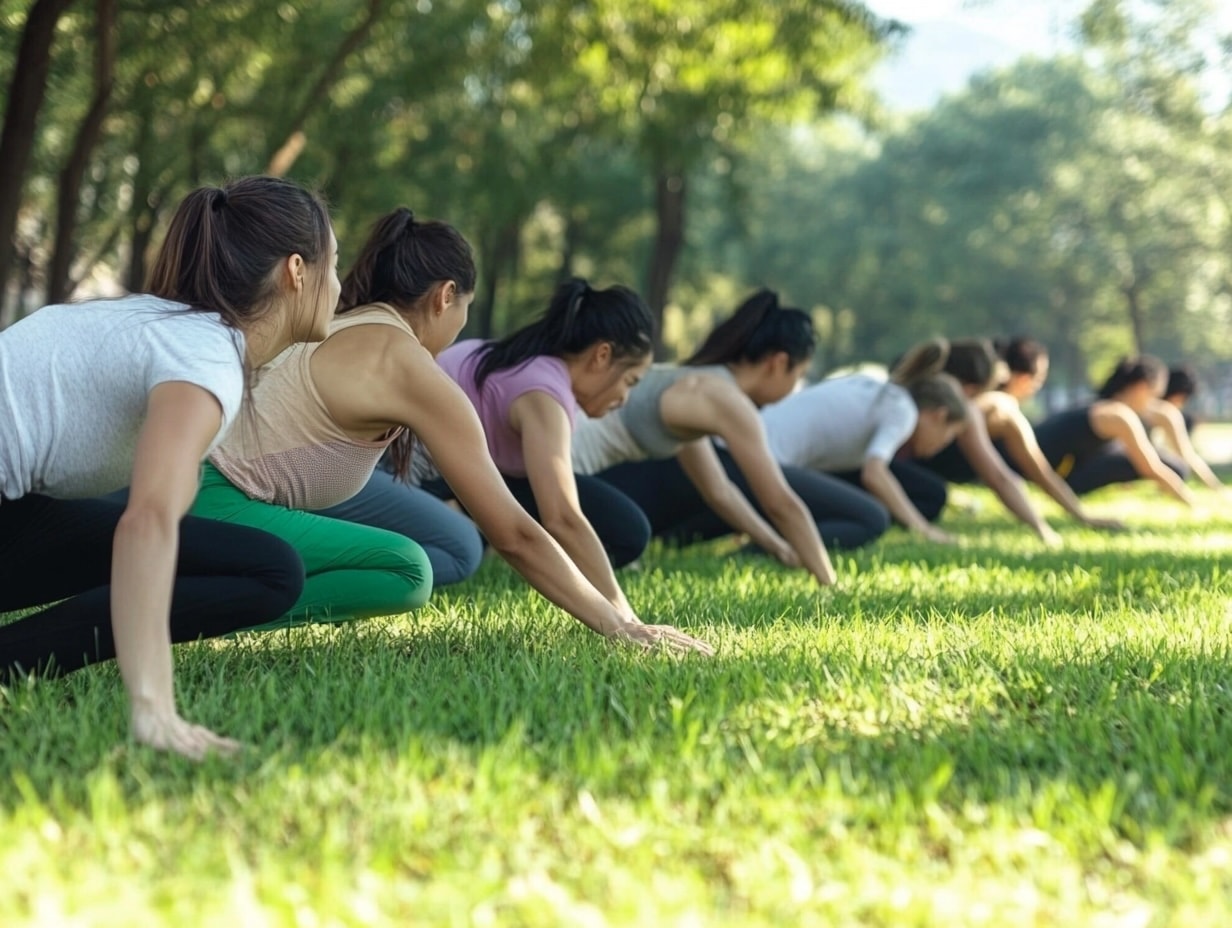
Understanding your fitness level is crucial for creating an effective and safe workout routine. Your fitness level is determined by your current level of physical activity, strength, and endurance. Knowing where you stand can help you set realistic goals and choose exercises that are appropriate for your abilities.
To determine your fitness level, start by evaluating your current exercise habits. Consider how often you engage in physical activity and the types of exercises you perform. Reflect on your medical history and any existing conditions that might affect your ability to exercise. Your lifestyle, including factors like diet, sleep, and stress levels, also plays a significant role in your overall fitness.
If you’re new to exercise, it’s best to start with beginner-friendly workouts. These routines typically involve low-impact, bodyweight exercises that are easy to perform and less likely to cause injury. As you become more comfortable and your strength and endurance improve, you can gradually increase the intensity and difficulty of your workouts.
For a more accurate assessment, consider consulting with a healthcare professional or a fitness expert. They can help you evaluate your fitness level and create a personalized workout plan that aligns with your goals and needs. This professional guidance can be especially beneficial if you have any health concerns or specific fitness objectives.
Warm-Up Routine
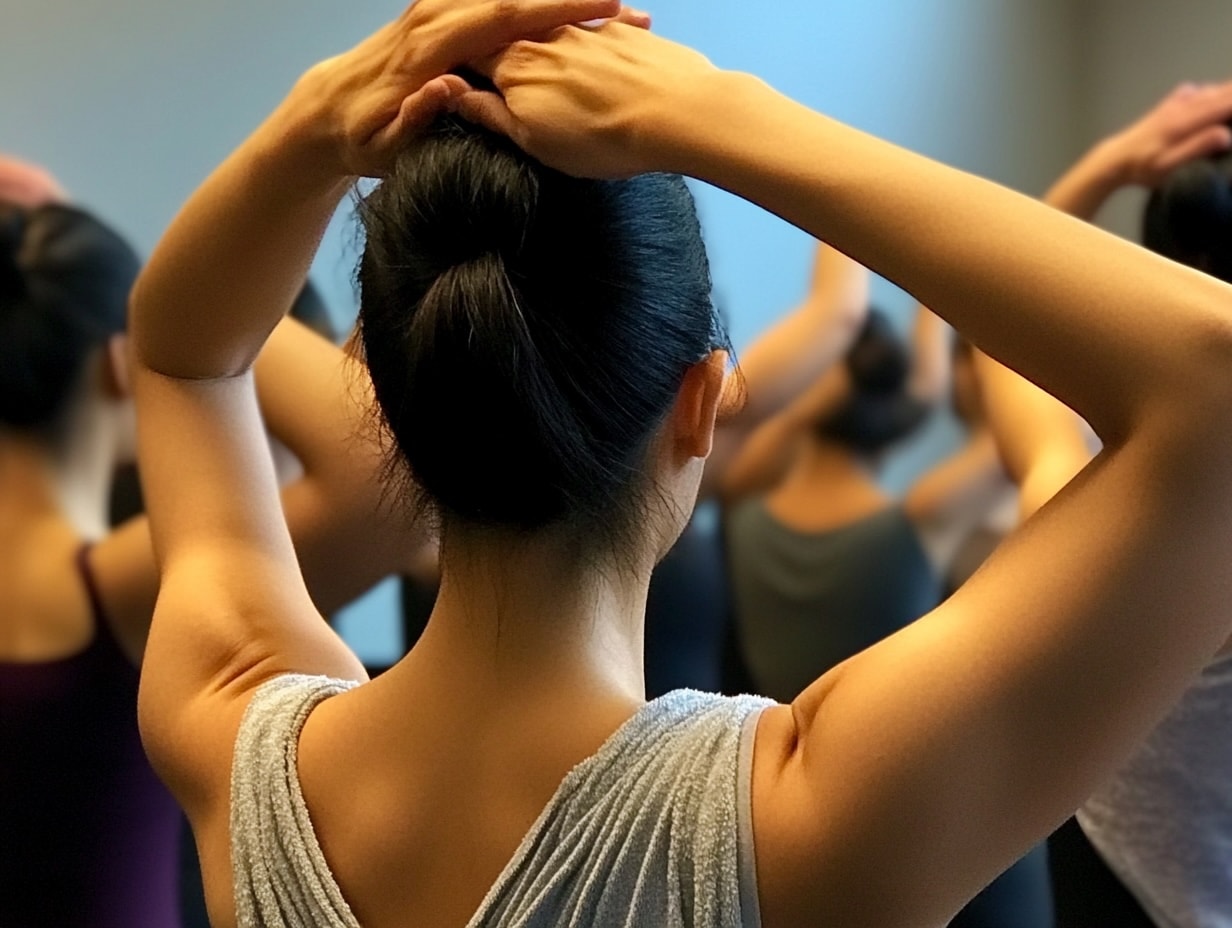
Before any workout, a proper warm-up is crucial. Warming up helps prevent injury by gradually increasing your heart rate and blood flow to your muscles, enhancing oxygen delivery and muscle flexibility. This preparation is essential for minimizing stress on your cardiovascular system and ensuring that your muscles are ready for the workout ahead.
A good warm-up should last about 5 to 10 minutes and include dynamic movements like brisk walking or slow jogging. These activities will elevate your body temperature and get your muscles ready for action. It's also important to keep the opposite leg engaged during these dynamic movements to ensure balance and proper form.
Remember, the goal is to gently prepare your body for exercise, not to tire yourself out. Light activity followed by some stretching exercises can work wonders in setting the stage for an effective workout.
Upper Body Bodyweight Exercises
Upper body exercises are a vital component of a balanced fitness routine. These exercises can be performed using bodyweight techniques that do not require any special equipment, making them perfect for a home workout.
Beginners should aim for 2 sets of 10 to 15 repetitions for each exercise. It’s important to take 30 seconds to 1 minute of rest between each move. Consistency is key – progressive overload helps in building muscle strength over time.
Arm Circles
Arm circles are an excellent way to tone your biceps, triceps, and upper back muscles while also enhancing shoulder mobility and flexibility. This exercise is incredibly accessible as it can be performed anywhere, whether you’re standing or seated, making it suitable for all fitness levels, including those in wheelchairs. To perform arm circles, extend your arms out to the sides and rotate them in small circles, gradually increasing the size of the circles. Engaging in arm circles for just five minutes twice daily can help burn extra calories over the week.
This exercise serves as a dynamic stretch and a great warm-up activity to prepare the upper body for more intense workouts. Additionally, arm circles can help improve muscle endurance and are effective in enhancing shoulder mobility, making them a fantastic addition to any workout routine.
Wall Push-Ups
Wall push-ups are a modified push-up variation that makes it easier to build strength in the chest and arms, especially for beginners. To perform a wall push-up, stand facing a wall with your feet shoulder-width apart. Place your hands on the wall at shoulder height and shoulder-width apart. Bend your elbows to bring your chest closer to the wall, then push back to the starting position. This exercise not only strengthens the upper body but also engages the core for better stability.
This variation is particularly useful for those who struggle with traditional push-ups or are looking for a low-impact alternative. Wall push-ups can be easily incorporated into any home workout routine, providing an effective way to build upper body strength without the need for a gym or special equipment.
Lower Body Simple Exercises

Lower body exercises are essential for building strength and stability in the legs and glutes. These exercises can be performed at home without any special equipment, making them highly accessible.
For a balanced workout, it’s recommended to include exercises like chair squats and standing calf raises, which help in enhancing power, strength, and overall functionality of the lower body.
Chair Squats
Chair squats are an excellent exercise for targeting the legs and glutes, and they mimic the motion of sitting down, making them highly functional. To perform chair squats, stand in front of a chair with your feet shoulder-width apart. Hinge at the hips and push your bottom back as if you’re about to sit down, then lower yourself until your thighs are parallel to the ground. Ensure your left leg is properly positioned to maintain balance and effectiveness. Press through your heels to return to the starting position.
This exercise not only strengthens the legs and core but also helps improve balance and coordination. Chair squats are particularly beneficial for beginners as they provide a reference point to ensure proper form and depth during the squat.
Incorporating chair squats into your routine can significantly enhance lower body strength and functionality.
Standing Calf Raises
Standing calf raises are a simple yet effective exercise for strengthening the calf muscles, which are crucial for overall leg strength and stability. To perform a standing calf raise, stand with your feet hip-width apart. Raise your heels off the ground while balancing on your toes, hold briefly, and then lower back down. Regularly performing calf raises can enhance athletic performance by improving the strength of lower leg muscles, which support activities like running and jumping.
This exercise is particularly beneficial for enhancing ankle stability, which is vital for preventing injuries during physical activities. Incorporating standing calf raises into your workout routine can significantly improve lower leg strength and endurance, making everyday movements more efficient.
Core Strengthening Strength Training Exercises
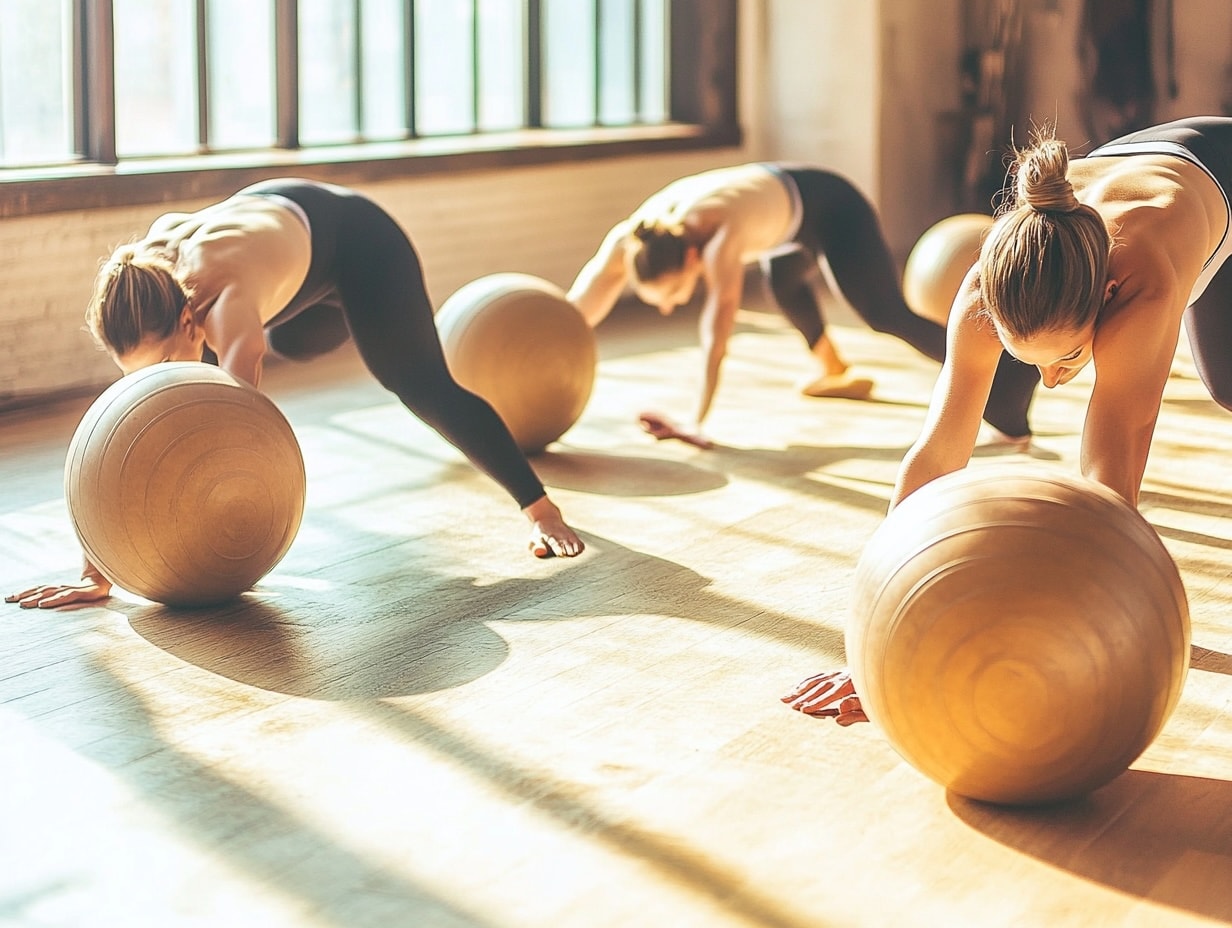
Core strengthening exercises are essential for improving overall body stability and functional strength. These strength training exercises can be performed using bodyweight techniques and do not require any special equipment, making them perfect for a home workout.
A strong core supports better posture, balance, and overall fitness, which is why it’s crucial to include core exercises like seated knee lifts and plank holds in your routine.
Seated Knee Lifts
Seated knee lifts are a fantastic exercise for targeting the abdominal muscles and improving core engagement. To perform seated knee lifts, sit on a chair with your back straight and feet flat on the ground. Lift one left knee towards your chest while engaging your core, then lower it back down and switch legs. This exercise is particularly beneficial for those who are new to core workouts or have limited mobility.
Incorporating seated knee lifts into your routine can help build core strength and stability, which are essential for everyday movements and overall fitness. This exercise is simple yet effective and can be easily performed at home with your knee bent, without any special equipment.
Plank Hold
The plank hold is a powerful exercise for strengthening the core and enhancing overall body stability. To perform a plank hold, start in a forearm plank position with your body in a straight line from head to heels. Engage your core and hold this position for 30 seconds to 1 minute, ensuring that your back remains flat and your hips do not sag.
For an added challenge, try lifting one leg off the floor, holding it for a few seconds, and then switching legs. This variation increases the intensity of the exercise by engaging more muscles and increasing instability, making it a highly effective core-strengthening move.
Incorporating plank holds into your workout routine can significantly improve core strength and overall stability, which are crucial for maintaining good posture and preventing injuries.
Balance and Flexibility Simple Exercises
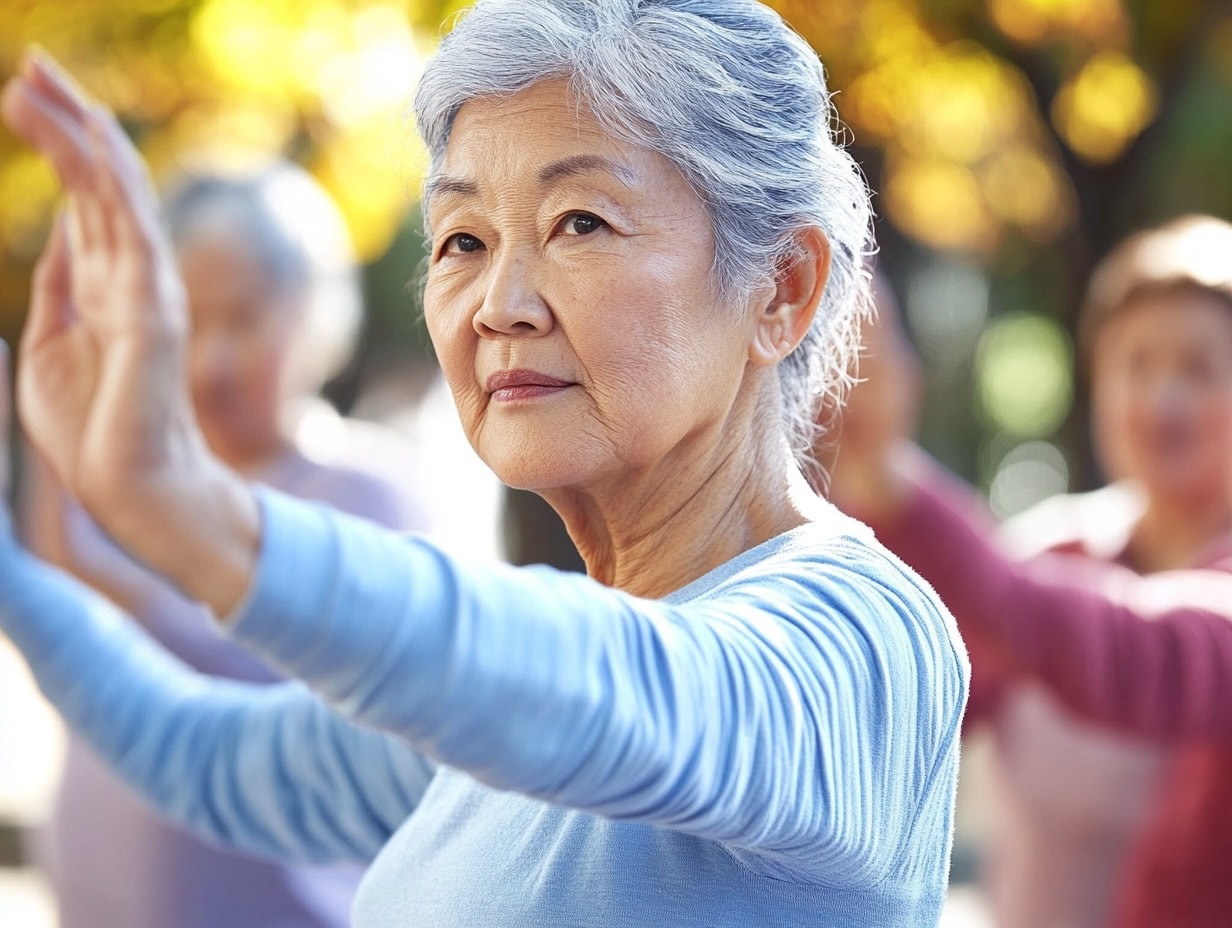
Incorporating balance and flexibility exercises into your routine is essential for maintaining proper coordination and stability. These exercises help enhance overall body coordination and promote long-term physical health by reducing the risk of falls.
For a balanced workout, it’s recommended to include exercises like the single-leg stand and neck stretch, which target different aspects of balance and flexibility.
Single-Leg Stand
The single-leg stand is an effective exercise for improving balance and stability. To perform this exercise, stand on one leg while keeping the other leg slightly bent and lifted off the ground. Focus on a fixed point in front of you to maintain stability. Hold this position for 10 to 15 seconds, then switch legs and repeat. This exercise challenges your balance by making it harder, which increases the benefits.
Incorporating the single-leg stand into your routine can help enhance your balance and coordination, making everyday activities easier and reducing the risk of falls. This exercise is simple yet effective and can be performed anywhere, making it a great addition to any home workout routine.
Neck Stretch
Neck stretches are essential for improving neck mobility and flexibility, helping to reduce tension and prevent injury. To perform a neck stretch, sit upright with your shoulders down. Slowly turn your head to one side and hold the stretch for 5 seconds, then return to the starting position and repeat on the other side. Perform 3 rotations on each side to complete the exercise.
This exercise can help alleviate neck stiffness and improve overall upper body flexibility, making it a valuable addition to your daily routine. Incorporating neck stretches into your workout can help maintain good posture and prevent tension-related discomfort.
Cool Down and Stretching
Cooling down after a workout is just as important as warming up. It helps your body transition from exercise to rest, reducing the risk of dizziness and muscle stiffness. A proper cool-down should last about 5 to 10 minutes and include light activities such as walking or light jogging to gradually lower your heart rate.
Incorporating stretches like the quadriceps stretch, calf stretch, and knee-to-chest stretch can help maintain flexibility and prevent muscle tightness. Stretching major muscle groups at least 2 to 3 days a week is recommended to ensure long-term flexibility and prevent injuries, making it a crucial component of any workout routine.
Common Mistakes to Avoid
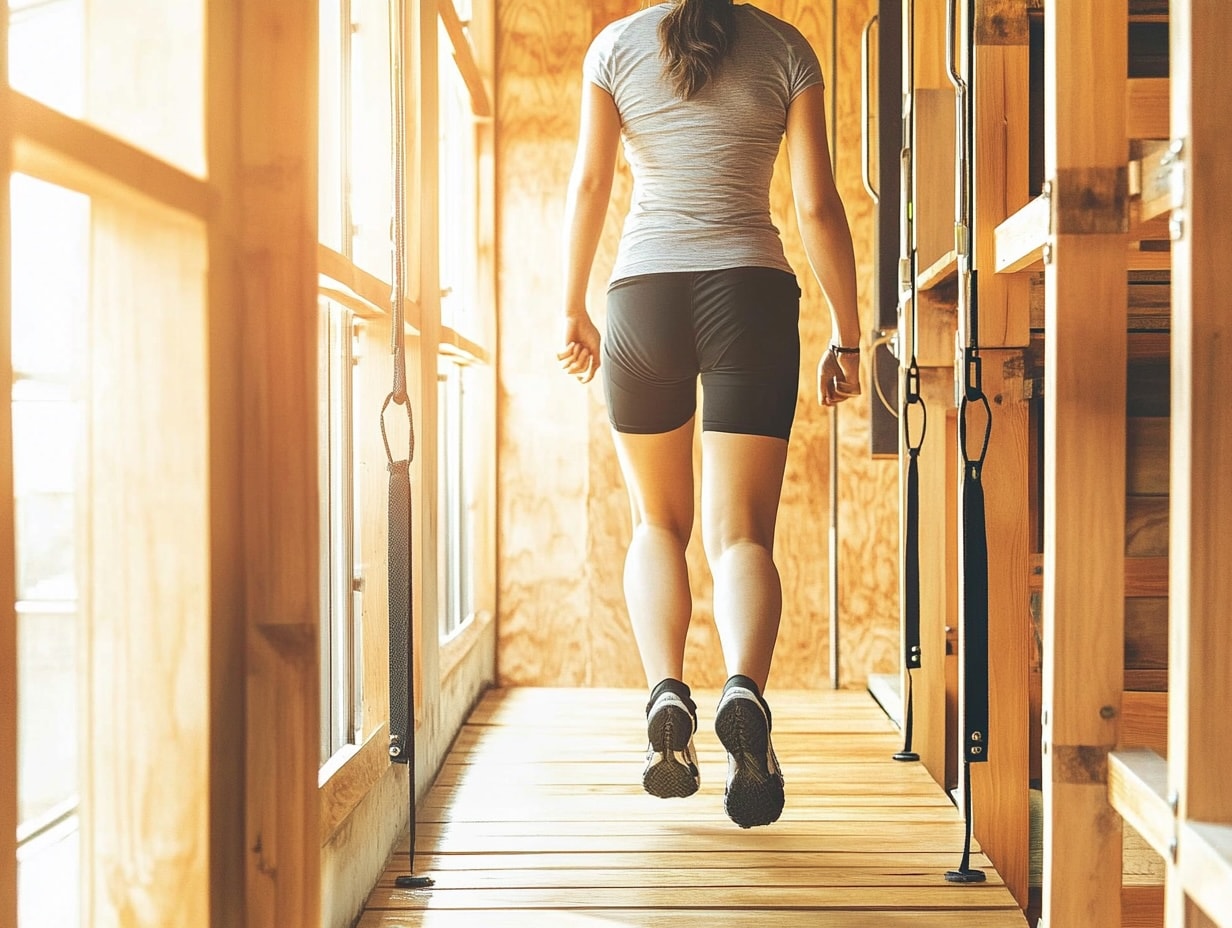
When starting a new workout routine, it’s important to be aware of common mistakes that can hinder your progress or lead to injury. By avoiding these pitfalls, you can ensure a safer and more effective fitness journey.
One of the most common mistakes is not warming up properly before a workout. A proper warm-up prepares your body for physical activity by gradually increasing your heart rate and blood flow to your muscles. Skipping this step can increase the risk of injury and reduce the effectiveness of your workout. Aim for a warm-up that includes dynamic movements like brisk walking or slow jogging for about 5 to 10 minutes.
Another mistake is failing to stretch after a workout. Stretching helps to maintain flexibility and prevent muscle tightness, which can lead to soreness and injury. Incorporate stretches for all major muscle groups, holding each stretch for at least 15 to 30 seconds.
Listening to your body is crucial. Pushing yourself too hard can lead to burnout and injury. It’s important to recognize your limits and progress gradually. Incorporate rest days into your routine to allow your muscles to recover and grow stronger. Overtraining can lead to decreased performance and increased risk of injury.
Tracking your progress is essential for continued improvement. Not keeping track of your workouts can lead to plateaus and stagnation. Use an exercise journal or fitness app to log your activities, set goals, and monitor your progress. This will help you stay motivated and make necessary adjustments to your routine.
By being mindful of these common mistakes and taking steps to avoid them, you can create a more effective and enjoyable workout experience.
How Often Should You Do Simple Exercises?
For optimal health benefits, it’s advisable to engage in exercise sessions 3 to 5 days a week. This frequency allows for consistent progress while also giving your body enough time to rest and recover between sessions. While exercising twice a week may yield some benefits, more frequent sessions are generally more effective.
Beginners should focus on manageable workouts with lower intensity but increased frequency to build a solid foundation and avoid burnout. Taking breaks between workout days is essential to reduce the risk of injury and promote recovery, ensuring that your body remains in peak condition for each session.
Tracking Your Progress
Tracking your progress is essential for understanding your improvements and making necessary adjustments to your workouts. An exercise journal can help you log your workouts and monitor your progress over time, providing valuable insights into your fitness journey. Many modern fitness apps offer features such as goal setting, reminders, and progress tracking to enhance user motivation.
These apps often include social features that allow you to share your progress and engage with friends for added encouragement. Regularly reviewing your progress can help identify trends and areas for improvement, ensuring that you stay on track and continue to achieve your fitness goals.
Is Simple Exercise Effective for Weight Loss?
Incorporating simple exercises into your routine can be highly effective for weight loss. Engaging in various forms of physical activity helps burn calories, a key factor in losing body weight. Walking, for example, is an accessible exercise option that has been shown to significantly reduce body fat and waist circumference, helping you to lose weight.
However, it’s important to remember that a well-balanced diet and being in a calorie deficit are necessary for weight loss. Nutrition accounts for at least 80% of success in weight loss efforts, so it’s crucial to fix your relationship with food and maintain a healthy diet alongside your exercise routine.
Next Steps After Mastering Simple Exercises
Once you have mastered simple exercises, it’s important to progress to more challenging variations to continue seeing improvements. Listening to your body is crucial; if an exercise becomes too easy, it’s time to try a more advanced version or increase the intensity. Small, gradual changes in your workouts can lead to significant improvements over time, enhancing motivation and consistency.
Joining a fitness community can provide essential support, motivation, and accountability in your exercise journey. Incorporating new exercises can diversify your routine, making workouts more interesting and challenging. This progression ensures that you continue to see results and stay engaged with your fitness routine.
Summary
Incorporating a 15-minute home workout into your daily routine can lead to significant health benefits, including improved muscle strength, better mood, and increased energy levels. By following the simple exercises outlined in this guide, you can create a balanced workout that targets all major muscle groups and enhances overall fitness. Remember, consistency is key, and tracking your progress will help you stay motivated and achieve your goals. Start your fitness journey today and enjoy the myriad benefits of regular physical activity.
Frequently Asked Questions
How long should I warm up before starting my workout?
To get the most out of your workout, aim for a warm-up of about 5 to 10 minutes with dynamic movements like brisk walking or slow jogging. This way, you'll be better prepared and minimize the risk of injury.
How often should I do these simple exercises?
To reap the best health benefits, aim to do those simple exercises 3 to 5 days a week. Consistency is key!
Can simple exercises help with weight loss?
Absolutely, simple exercises can aid weight loss, particularly when paired with a balanced diet and maintaining a calorie deficit. Just remember, consistency is key!
What should I do if an exercise becomes too easy?
When an exercise feels too easy, you should definitely up the challenge by trying a harder variation or increasing the intensity. This keeps your workouts effective and engaging!
How can I track my progress effectively?
Keeping an exercise journal or using fitness apps is a great way to track your progress effectively. These tools help you set goals, get reminders, and visualize your achievements.
Bountisphere: Your Finances, Secure and in Your Control
We prioritize your safety by using the most advanced security technology to protect your personal data. With Bountisphere, your information is completely secure — we’re read-only, so no changes can be made to your accounts without you. Your finances, your control.
%20512x512%20google%20store%20app%20logo%20SEPT%2024%2c%202025%20(4)-png.png?width=51&height=51&name=USE!!%20)%20512x512%20google%20store%20app%20logo%20SEPT%2024%2c%202025%20(4)-png.png)